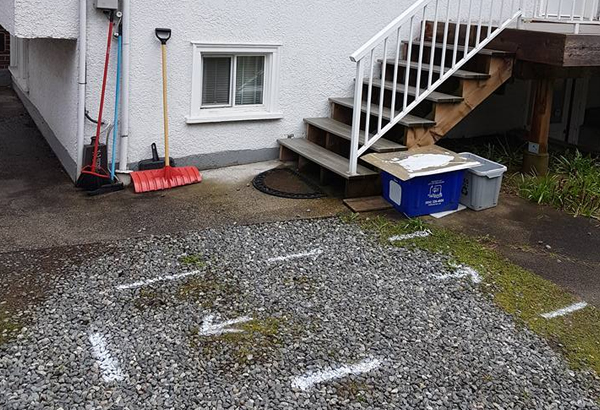 Fully Licensed and Insured
Fully Licensed and Insured Request an Oil Tank Scan
Request an Oil Tank Scan Request a Free Estimate
Request a Free Estimate

Ground Penetrating Radar, or GPR, is an advanced technology that allows us to look under the Earth’s surface in a non-invasive manner. It is a special radar system that penetrates through soil, concrete, and even rock, unveiling historical secrets buried deep beneath the Earth. GPR has aided in the advancement of various fields and industries like construction and archaeology.
When it comes to construction, GPR systems help create a map of what is underground before any digging needs to begin. The radar can detect any pipes or cables that may be in the way, and would otherwise explode, or injure someone without the help of GPRs. In addition to construction crews, archaeologists also employ the services of a ground-penetrating radar system. It detects historical objects and hidden artifacts that are concealed under the surface. Without the help of this technology, archaeologists would have to spend valuable time and countless resources digging sites to uncover the material underneath, that may or may not be of importance. With GPR systems, objects are easily detectable, saving time and effort. Besides construction workers and archaeologists, law enforcement and military teams rely on GPR to uncover hidden tunnels, bunkers, and even evidence that has been suppressed.
While GPR systems possess special qualities, there are some challenges and limitations that follow along.
To begin with, GPR systems aren’t always accurate. How well GPR technology would work often depends on the type of soil that needs to be penetrated. Factors such as soil composition, levels of moisture, and density affect GPRs and their depth. In this case, the GPR’s findings don’t always result in accurate or clear readings. If required, a second inspection call will be recommended and should that be the case, our team will let you know.
The environment also affects a GPR system’s overall performance. In extreme weather conditions, like pouring rain or blistering heat, the GPR technology’s systems dampen. Water that collects on the surface of the soil may create interference with radar waves, and intense heat may affect the soil moisture content which can further create a negative effect on GPR signals. Rough or uneven terrain, like rocky surfaces and steep slopes, can interfere with signals and lead to a collection of inaccurate data. Post the dig-up work, we ensure the surrounding area is cleaned, neat, and back to its original state.
GPR can’t always penetrate through every material. Metallic objects weaken GPR signals since they absorb the radar waves, which can sometimes pose a threat when using GPR to detect pipelines or metallic artifacts. Other materials like solid rock or tightly packed soil also prevent the radar waves from penetrating the surface. We do a thorough inspection taking the time to fully assess the site.
Even with its challenges and limitations, GPR technology has done more good than bad. At West Coast Tank Recovery, we employ the services of GPR systems to help us map out and locate underground oil tanks. To combat limitations of penetration, we also use the help of a metal detector in case of rocky terrain, bad weather conditions, and compacted soil to ensure the readings are accurate.
Additionally, research is improving and new ways to improve GPR technology are being introduced. Scientists and engineers are developing new signal processing techniques, and making GPR systems more efficient and reliable.
Despite its drawbacks, GPR has been instrumental in uncovering the secrets hidden beneath our feet. We have been serving the Lower Mainland by helping locate hidden oil tanks with expertise and professionalism. Contact us today for your next oil tank inspection.